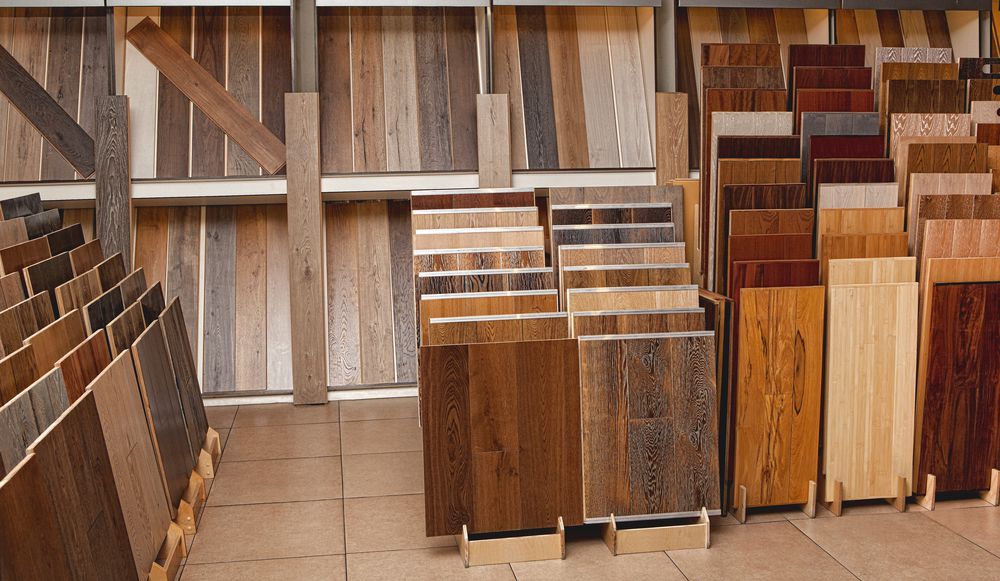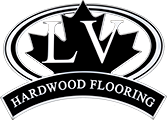Installing hardwood floors in the home is not a day’s job. You need to do your research and purchase right. Hence, a need for these factors to remember when buying hardwood floors. One wrong call, and you may have to live with the mistake for as long as the floor remains. But you don’t need to be scared. We designed this buying guide for hardwood flooring, just for you.
Being a long-term investment, choosing your floor’s hardwood is beyond choosing a colour. You need to understand your needs, as well as the properties of available hardwood options. These and more will help you create the perfect hardwood floor for your home.
Where you buy your hardwood flooring also matters. Some online stores for hardwood flooring offer quality, while others don’t. In this article, we detail the factors to remember when buying hardwood floors. But first, what are hardwood floors, and what are the various types?
What is Hardwood Flooring?
In layman terms, hardwood floors are made of hardwoods. The hardwood comes in different patterns, shades, and shapes. Also, hardwood for floors come in two forms: Solid and Engineered.
Engineered woods have about three layers of solid wood. Solid woods are a single piece of wood, while engineered wood comes in layers. You can use any of this for your home. When the professional is done laying the wood on your floor, up next comes the finishing.
However, a combination of solid wood layers and the complementary finishing is the most common hardwood flooring. The layers of engineered hardwood floors are; the finishing layer, face layer, core, and backing layer.
- The finishing Layer: Finishing hardwood is possible with different stains. However, lacquer and oil are the most common options. The finishing provides extra protection for the wood layers. It also brings about the aesthetics of the hardwood floor.
- Face Layer: This face layer is mostly 3mm thick, and you can sand or refinish it.
- Core: The core is not visible, but it is arguably the most important of the hardwood flooring. This layer brings about floor stability and durability. It can also absorb stress, strain, and remain firm despite foot traffic. The most impressive characteristic of the core is the balance it maintains between hardness and flexibility.
- Backing Layer: This is the layer that prevents your floor from warping or cupping.
Hardwood floors are known to be very stable and durable. This results from the accurate processing of the raw wood materials. The most important of these processes is the control of the moisture content of the wood. When done effectively, this single process – moisture elimination – gives the floor immense stability.
Related article: What is the Cost of Refinishing Hardwood Floors in Canada?
The Different Types of Hardwood for Flooring
Online stores for hardwood floors in Toronto sell different types. As stated earlier, there are two major forms of hardwoods; solid hardwood and engineered hardwood. Engineered hardwoods are of more common use because of the extra stability, ubiquity, and low-cost.
To know how to choose hardwood floors for your Toronto home, have a fundamental understanding of these:
Solid hardwood
This hardwood option can last on your floor for decades. However, there needs to be a subfloor. To install solid hardwoods, you need to gently lay it on the subfloor and nail it down. This is why you cannot have concrete as your subfloor.
Solid hardwoods also allow for an easy refinishing if need be. You can do this as many times as you want. One of the factors to remember when buying this type of hardwood floor is the location. You cannot have this wood type in your basement. This is because the basement has high moisture exposure.
If you expose the wood to high degrees of moisture, it can result in cupping. In the case that the wood also contracts, it can leave gaps in between. These downsides to its use may mean engineered hardwood is a better flooring option for you.

Engineered Hardwoods
The basic design of these woods is in the multiple layers. The layers of compressed wood, polymer, resin, and real hardwood top make it extremely stable. Also, there is no limitation as to where you can install it. You can install it on any subfloor, as there is no need to nail it down to position. You only need to fit and lock it into place.
There is no physical attachment between engineered wood and the floor beneath. The hardwood floor seats on the subfloor, and in position. This is why it is called the floating floor.
Because of its unique processing, you can install it in basements. This is due to the resins and polymers present in its structure. These offer resistance to moisture. You, however, need to confirm the resistance level of the brand you are purchasing.
Engineered hardwoods always come prefinished. This makes them pretty easy to install on the floor. You can also easily refinish them if need be. Common hardwood trees are; oak, cherry, maple, birch, alder, aspen, and sycamore.
Buying Hardwood Flooring; Factors to Remember
Many people don’t know how to buy hardwood floors. This is simply because of the lack of information on the most important things they should look out for.
The factors to remember when buying hardwood floors range from personal preferences to others beyond your control. Consider all these tips for buying hardwood flooring when looking to make a purchase.
Your Home’s Style

The very first thing to consider when picking your hardwood floor is the style. The interior décor of your home determines what wood pattern and shade you should get. The design elements include cabinets, chairs, paint, etc. The floor you get needs to fit in seamlessly to these elements.
If you have a traditional style house, get hardwood that mixes dark and lighter shades. Ensure that you consult with your interior decorator. They’ll know the combination that’ll be best for your space. They can also help you come up with ideas that’ll make your home unique.
Your living habits
The state of your home and the living conditions within also matters. You need to sincerely consider how well you treat your floors. Kids, pets, toys, etc. also need to come into consideration. Do you host parties? Or you are simply a single person that seldom stays home.
With high traffic comes the need for harder, durable hardwood flooring. You can easily check the hardness of the wood with the Janka scale. These living habits can also influence the grain pattern that is suitable, alongside finishing and stains.
Light exposure
It is very easy to forget to consider the amount of light that falls into your home. How bright your home is during the day influences the shade of wood to buy.
For homes with plenty of sunlight, darker-shade hardwood floors are best. This provides better contrast. If the house doesn’t get much natural light, a lighter hardwood floor is better.
Your budget
This is a no-brainer. Your budget will certainly determine how much quality your hardwood flooring will have. However, having a tight budget doesn’t mean you can’t buy quality hardwood for your floor. You need to juxtapose this with the other tips for buying hardwood flooring. This will help you select the wood that best suits your home.
If you don’t have a budget, you need to prepare one. Find out the price range of the various hardwood options, and set a budget. If you are dealing with a trusted vendor, you can let them know your budget. You should also let them know your home condition and needs. All these will help them figure out which hardwood floor is best for you. This is important, especially when you don’t have an interior designer to consult.

Product Grade
Hardwood floors have a grading system, which the manufacturers use. Though, as a layman, this can get quite confusing. In that case, you need the help of the vendor to understand what the grades mean.
There is unfortunately no universal grade naming system. Different manufacturers use a different naming system for their grades. The vendor will probably understand this. Go for a grade that falls within your budget and meets your durability and traffic needs.
Type of finish
There are two major types of finish for the hardwood; lacquer and oil. Though there are other types, these two offer maximum protection and aesthetics. Most engineered hardwood come prefinished (to make installation easy).
Find out the pros and cons of the different types of finishing, to know what you need. The type you go for influences factors like maintenance, durability, and aesthetics. Take your time in making this decision.
Structure; bevelled or square-edged?
There are two main structures of hardwood floors. It can either be bevelled or be square-edged. The main function of the bevel edge is to allow for a slight elevation between boards.
This is common for prefinished floors that don’t require sanding post fitting. This may, however, affect the final look of the floor. On the other hand, square-edged floors have a uniform appearance.
Related article: Best Time to Buy Hardwood Flooring in Canada
Final Take
There are more factors to remember when buying hardwood floors in Toronto. However, these listed above fundamentally have a greater influence. Once you make the right decisions on these, other factors are secondary.
Paying rapt attention and doing the research before buying hardwood floors can never be out of fashion. It is a long-term investment, and you need to make the best choice.
When you have an answer to all these factors, where you make a purchase is your next consideration. We are the leading online store for hardwood flooring in Canada. We have provided quality flooring for numerous clients over the years. Check out our online store to make your purchase now.


